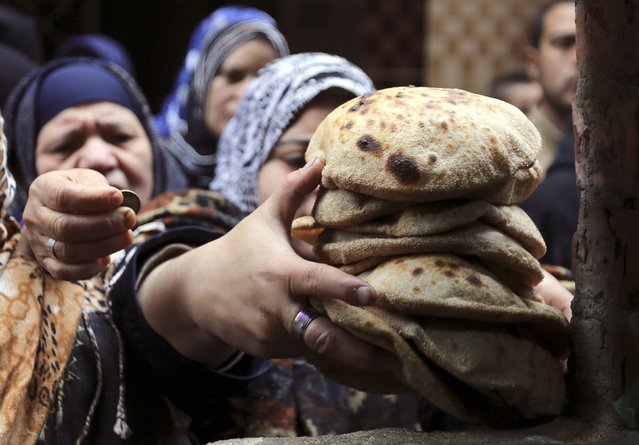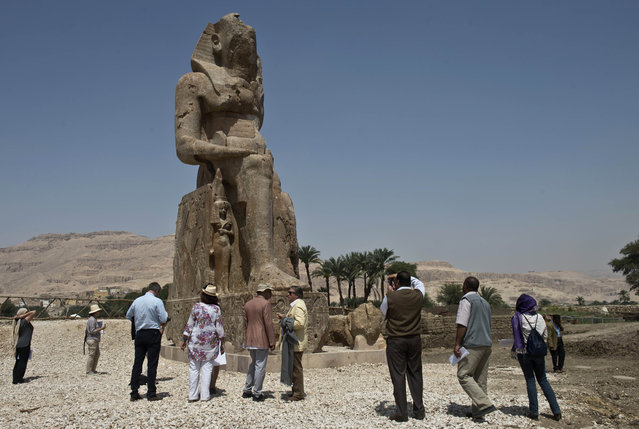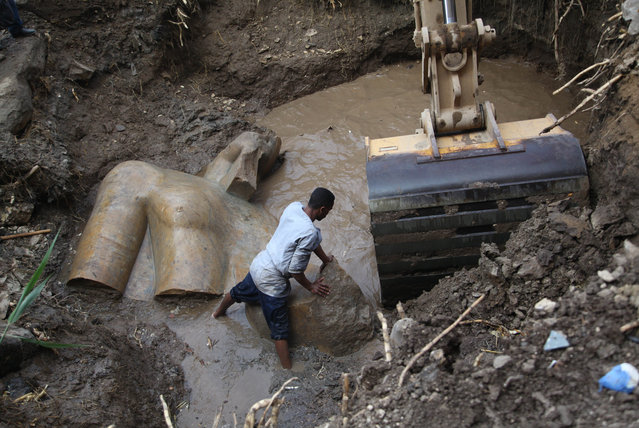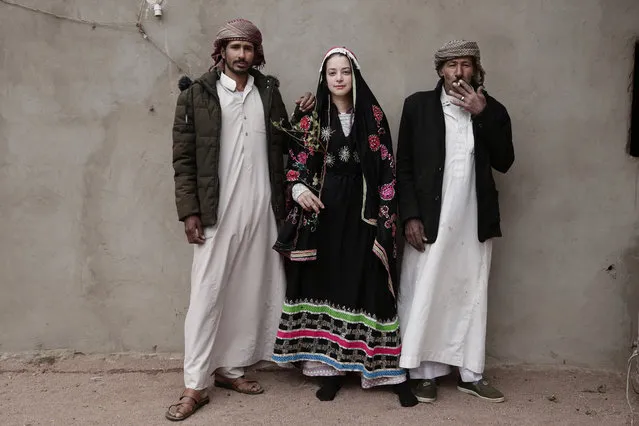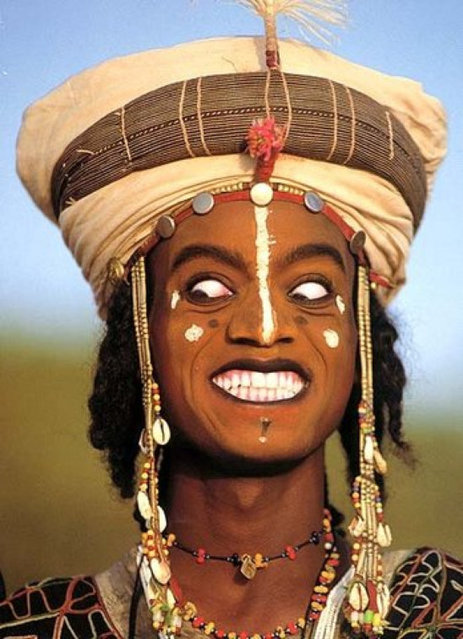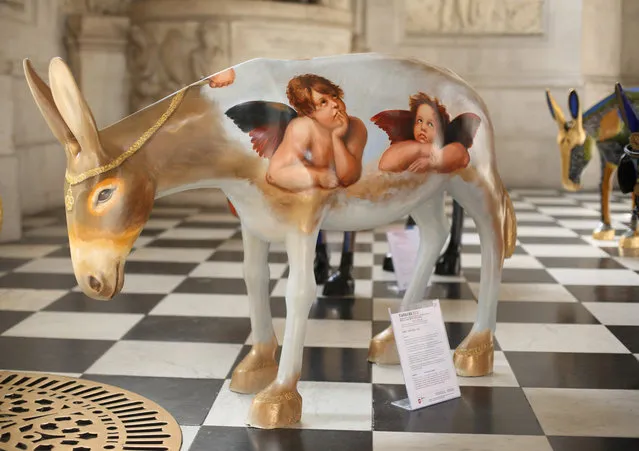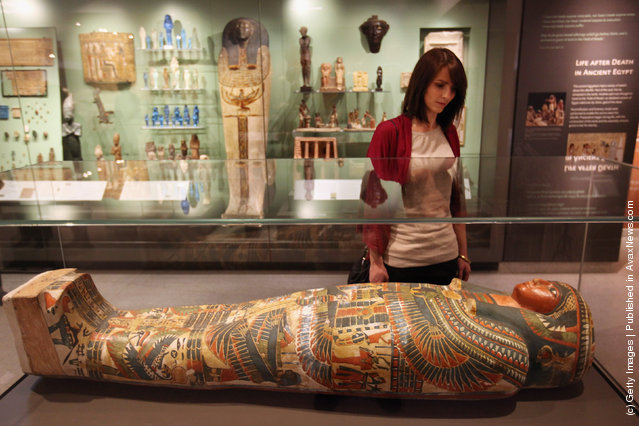
A woman views the Mummy of Meresamun in the Ashmolean Museum's new exhibition of artifacts from ancient Egypt and Nubia on November 23, 2011 in Oxford, England. The new gallery is displaying for the first time in decades some of the finest Egyptian and Nubian artifacts in the UK. The Egyptian collection opens to the public from November 26, 2011. (Photo by Oli Scarff/Getty Images)
24 Nov 2011 15:37:00,post received
0 comments

